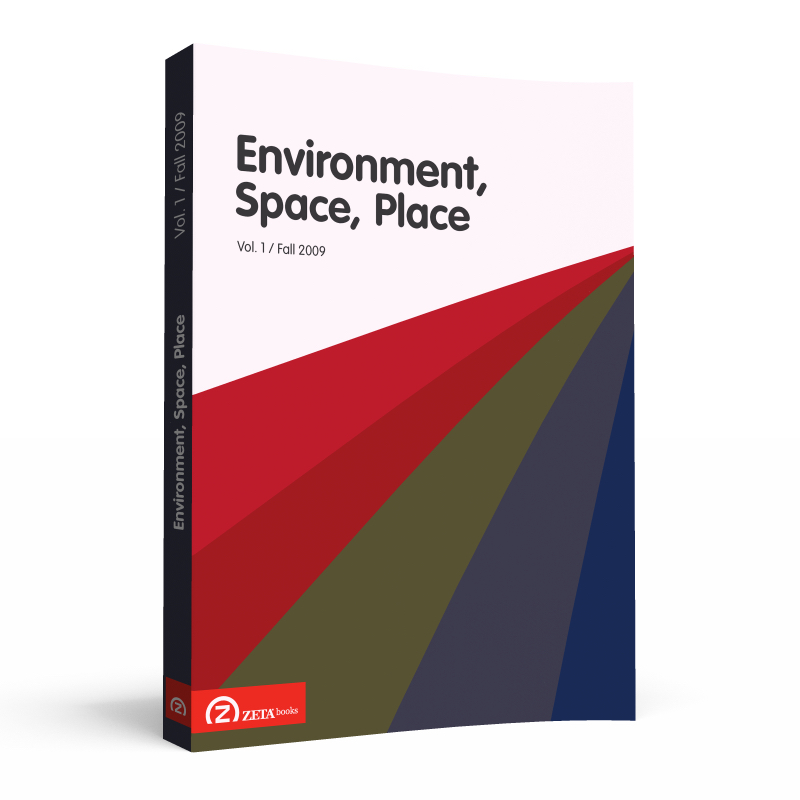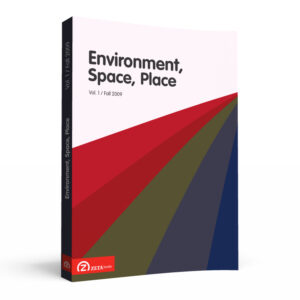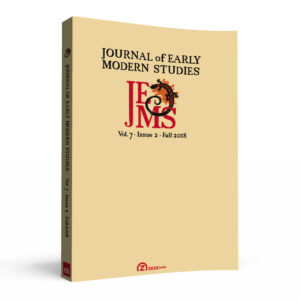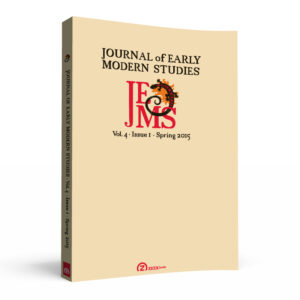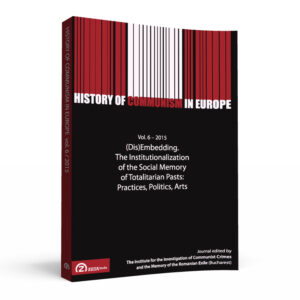TABLE OF CONTENTS
Kip Redick, Feet Forbidden Here
Abstract: This essay argues that in constraining travel to specific motorized vehicles, the Interstate Highway System’s transportation hegemony alienates humans from both mythic and existential dimensions of lived experience. By separating humans from encountering the environment through their indigenous connection to the earth, their feet, the highway system alienates them from what it means to dwell intersubjectively in a place. This alienation includes the loss of cultural memory rooted in place: the emptying of meaning that mythic symbolism and rituals create in habituating humans to dwelling in place. Freeway alienation severs human cooperation with the constituents of the environment that is necessary for creatively maintaining a healthy mutual habitat.
Abstract: Cities of the past enjoyed rich soundscapes full of organic sounds. Such sounds can be hard to hear, even for those that are listening, in many of today’s cities and neighborhoods. Evaluating the sounds of life in urban neighborhoods can be one method of determining the health and vibrancy of an area. A silent neighborhood, one not devoid of sound or noise, but rather missing the sounds of human and animal life, can be detrimental to the community and its residents. This paper both investigates the history of and loss of the diverse urban soundscape and how it can be reclaimed in modern cities.
Abstract: I examine the kindred phenomena of shadows and night in order to reveal their significance for better understanding our lifeworld and the elemental environment. I first describe how light is primary to ecological perception and how it conditions our conceptions of space, truth, and beauty. Light and darkness are involved in a dialectical relationship rather than conceived as polar opposites. Borne of the interplay of both realms, shadows have been disparaged historically and deserve to be reconsidered for their aesthetic appearance and their relevance to an ecology and anthropology of perception. Night, in turn, is often marked by a negative ontology that points toward the possibility of a kind of elemental a priori, but it is important to characterize darkness in terms of its subtle shades and filtering by way of the creative matrix of the human imagination. Seeing the night in novel and unexpected ways, especially via the insights and descriptions of phenomenologists, poets, and artists, enables us to grasp the depth and atmosphere of the surrounding world and to light up our geographical perspectives, our philosophical visions, and our environmental awareness.
Abstract: A look into one artist’s philosophical perspective regarding the successes and challenges of creating public art installations. The essay explores the development of a series of large-scale temporary works through the artist’s intuitive, conceptual, and spiritual response to particular locations, which have ranged from Baltimore to New York to Seoul, Korea. The article comes to focus upon a particularly controversial installation constructed in Quiet Waters Park in Annapolis, Maryland. It explores the relationship between plastic debris and driftwood collected from the faltering ecosystem of Chesapeake Bay beaches and what the public perceives as a natural environment of that park. The installation was created on top of the ruined foundation of an early twentieth-century hunting lodge located in a stand of old trees, which contained additional artifacts of the site’s original farm. The artist’s intent was to create an explicit walk-through environment with an implicit meaning in order to allow the public to contemplate and interpret the associations and meanings. What resulted was a well-publicized controversial split over spiritual questions, which exposed a divisive fault line between wealthy conservatives and the general public.
Abstract: In this essay, the author employs Edward S. Casey’s philosophy of place in order to perform a reading of Dave Eggers’ recent biographical novel, What is the What (2007). This reading is dependant upon certain concepts that Casey articulates in Getting Back Into Place (1993) and Remembering (2000), particularly the concepts of displacement, desolation, and homesteading. After an exegesis of these concepts, the author employs them in order to better understand the life of Valentino Achak Deng, one of the so-called ‘Lost Boys’ from southern Sudan. Since his life is largely a narrative of displacements, Deng’s story provides us with an exceptionally rich opportunity to implement Casey’s articulation of place.

